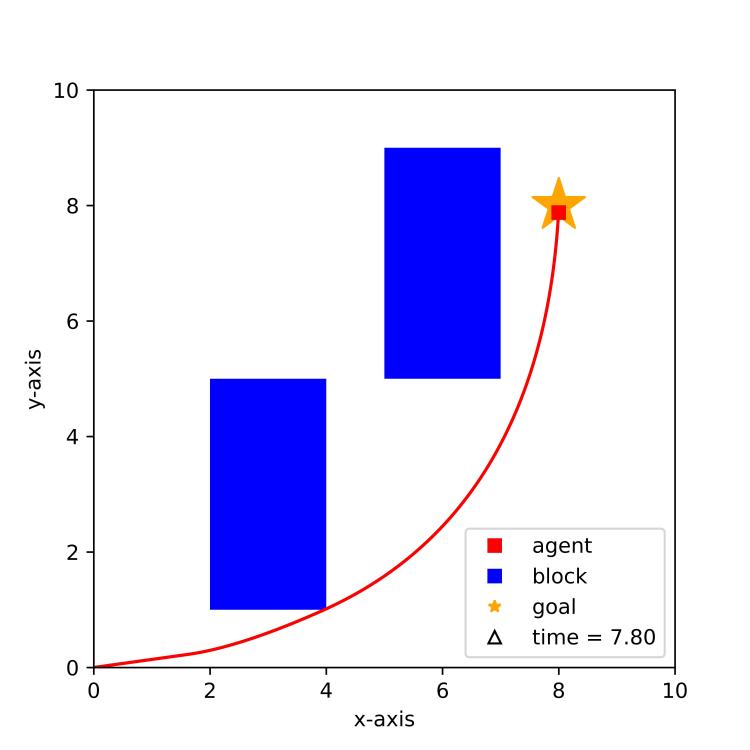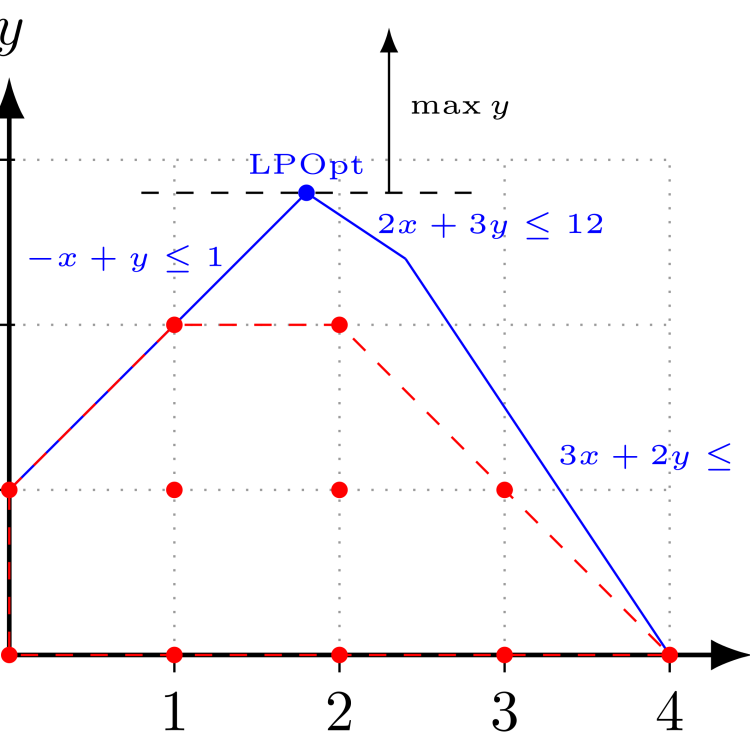A PhD is available for an Australian citizen with our industry partner The AiLECS Lab. The project is Detecting Threats in Temporal Networks. The project aims to better understand communications in networks of criminal activity.
This will be led by OPTIMA AI Dr John Betts and OPTIMA CI Prof. Peter Stuckey at Monash University, and Dr Janis Dalins and Dr Campbell Wilson at The AiLECS Lab.
Brief description of the project:


![Visualisation of the neuro-symbolic learning and planning framework presented in [1] where red circles represent action variables, blue circles represent state variables, grey circles represent the activation units and w's represent the weights of the neural network.](/sites/default/files/styles/square/public/projects/Screenshot%202023-08-30%20at%2011.20.49%20am_0.png?itok=mEbMuT0o)

